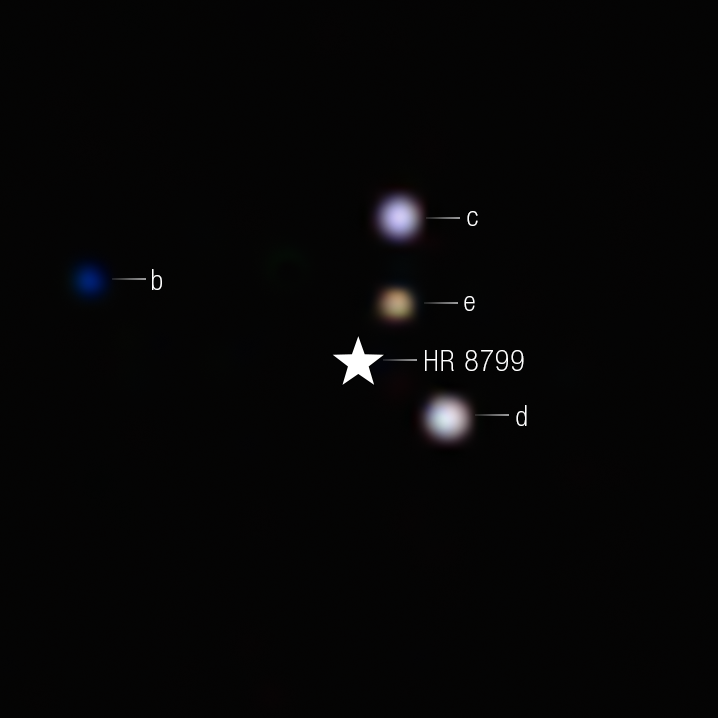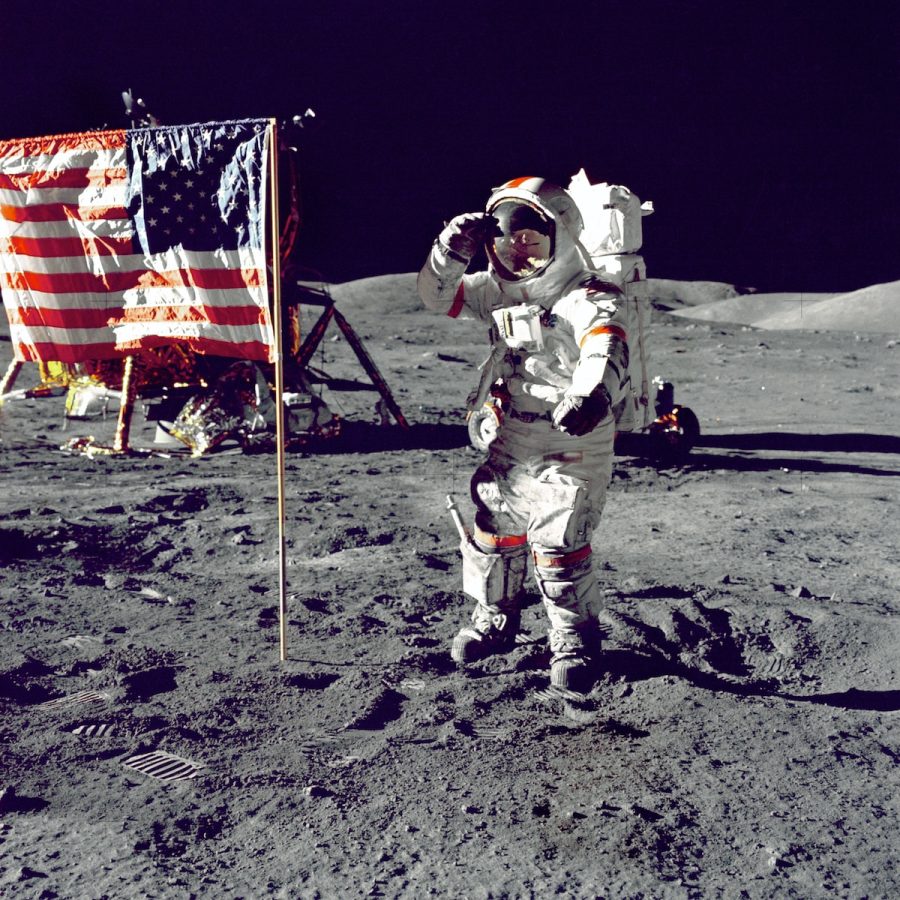
The First Moon Landing
Read Story
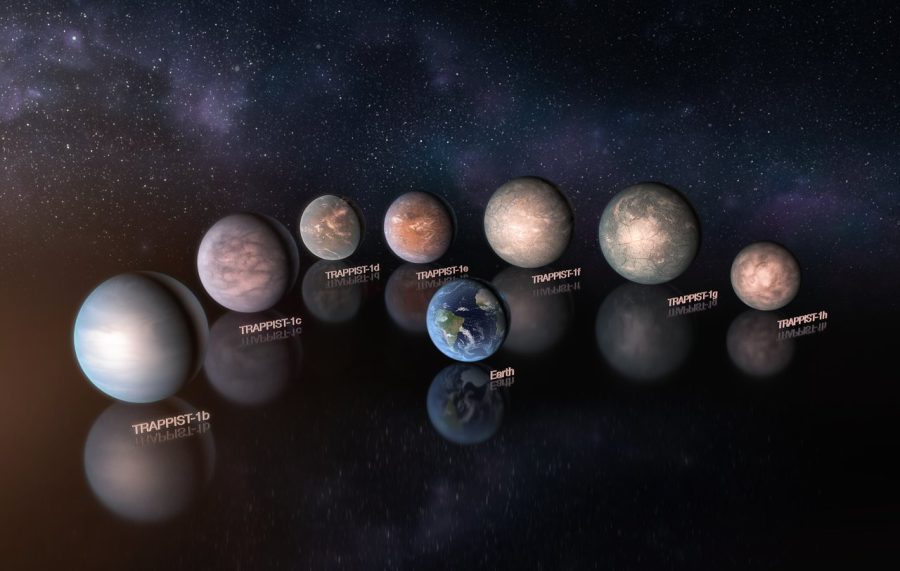
Trappist-1 System
Read Story
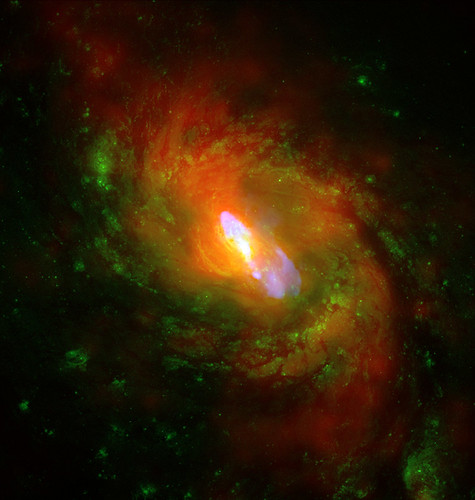
Quick Insight of a Black Hole
Read Story
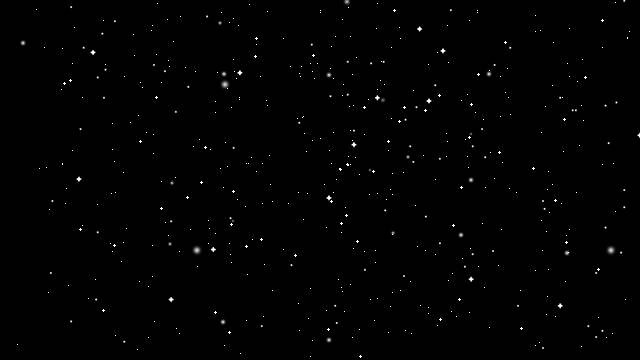
The Beginning Of Our Universe
Read Story
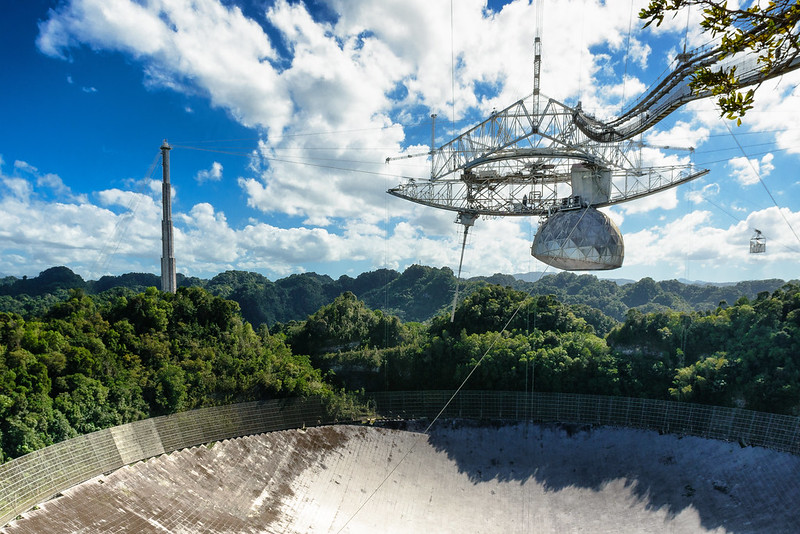
Arecibo Telescope Collapses in Puerto Rico
Read Story
